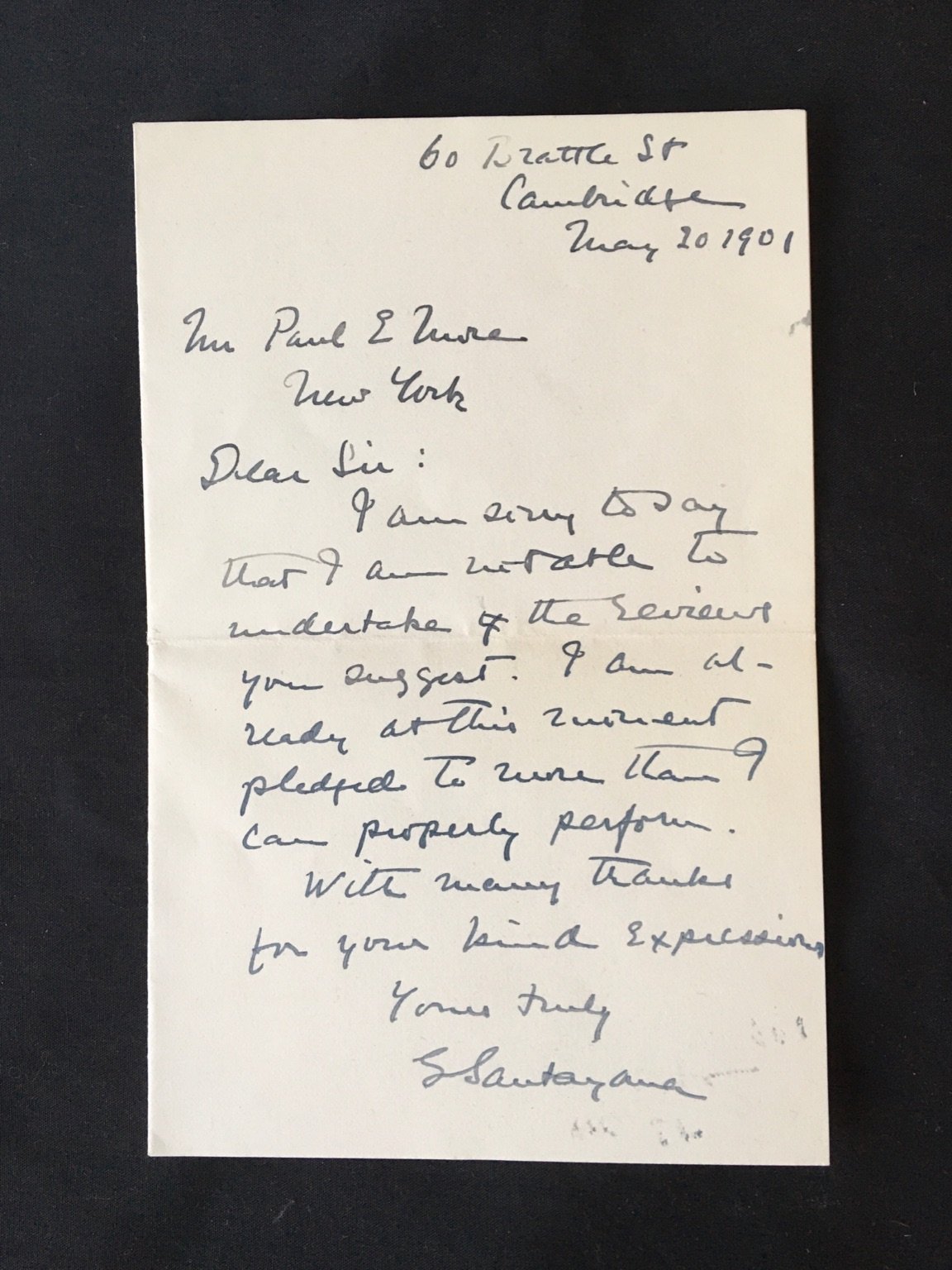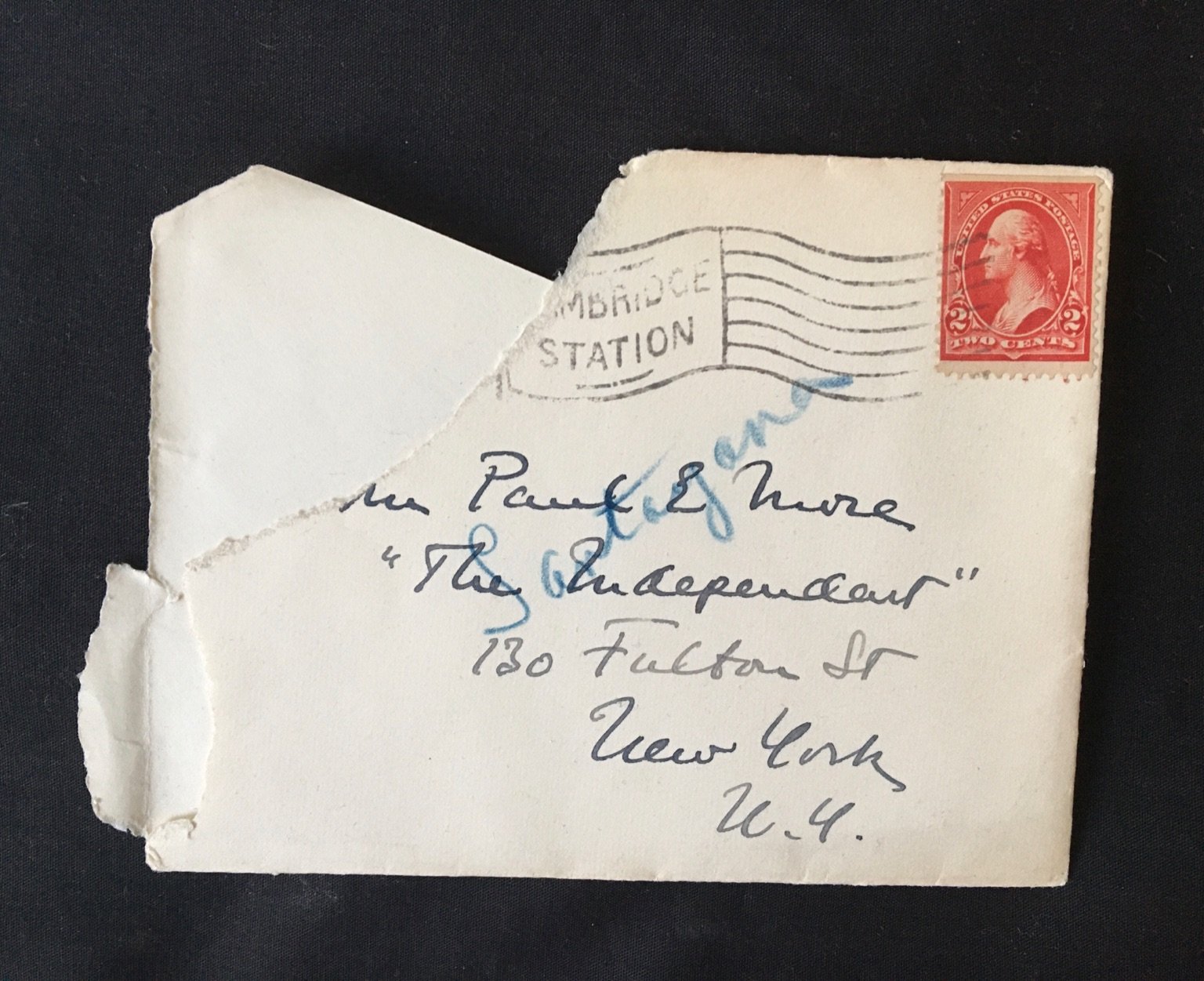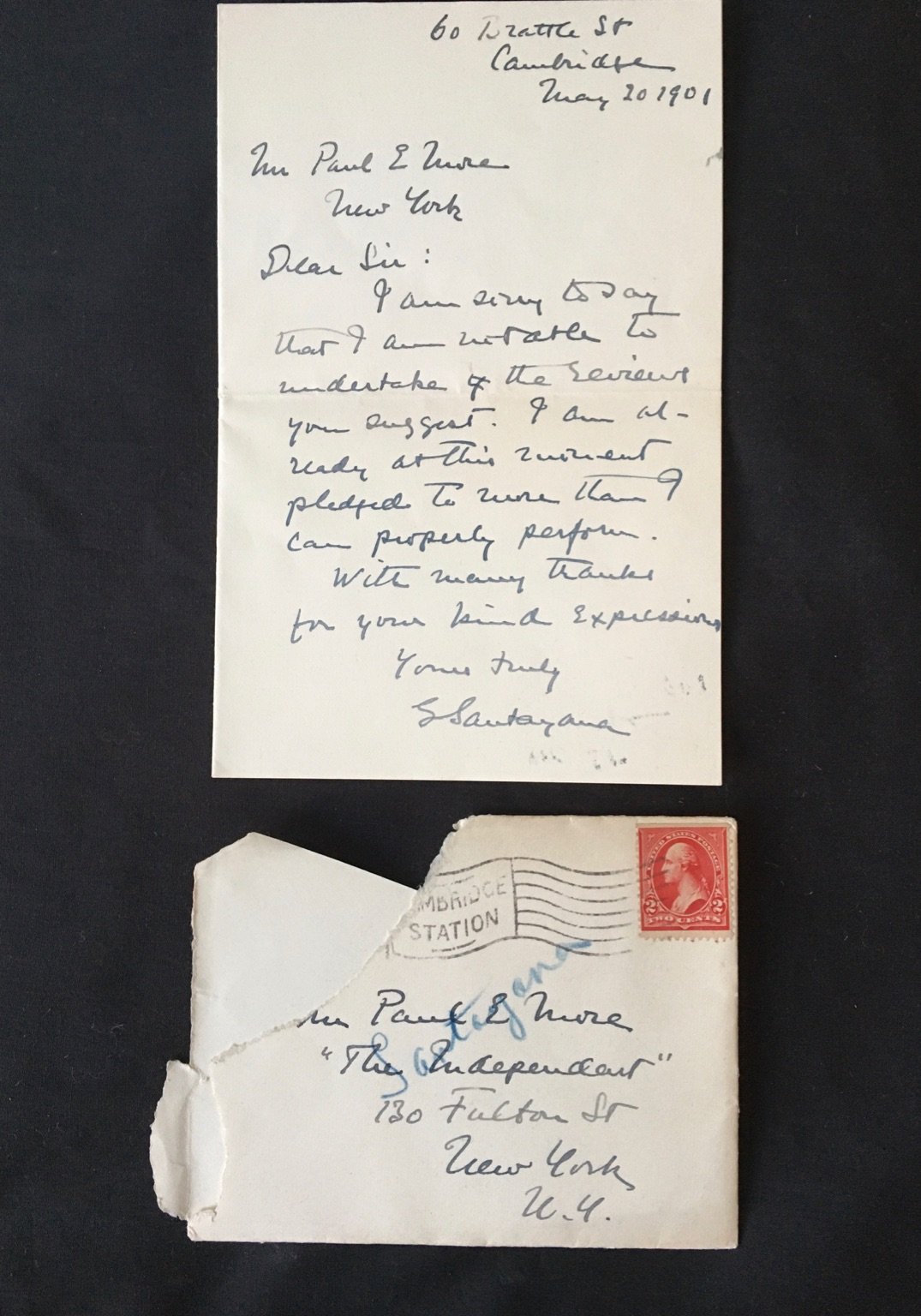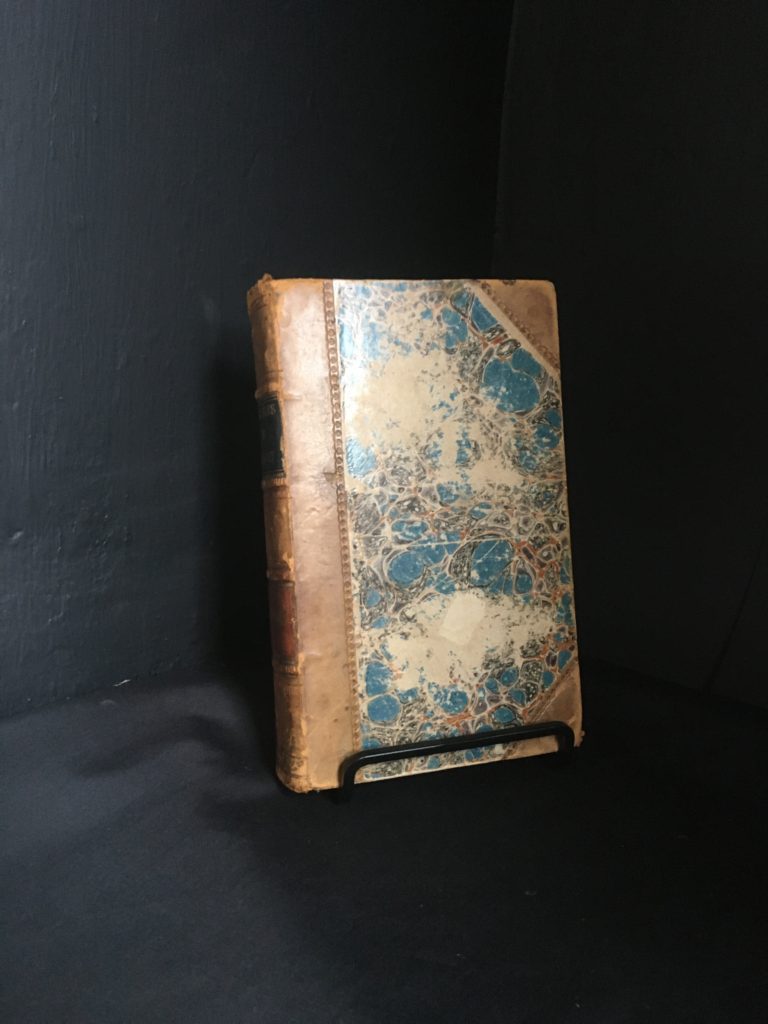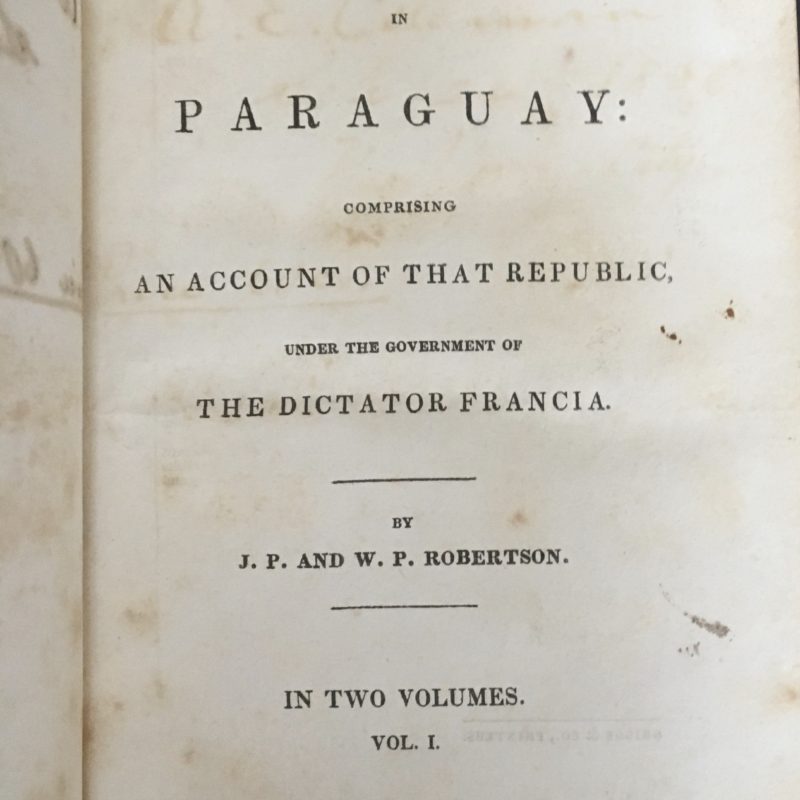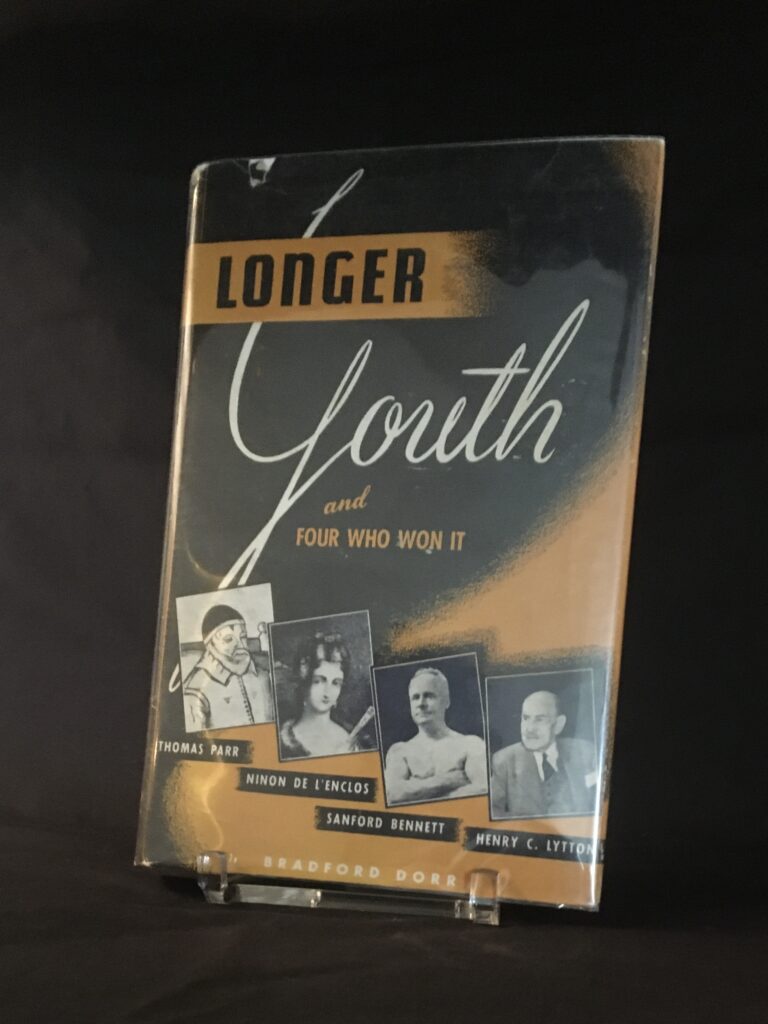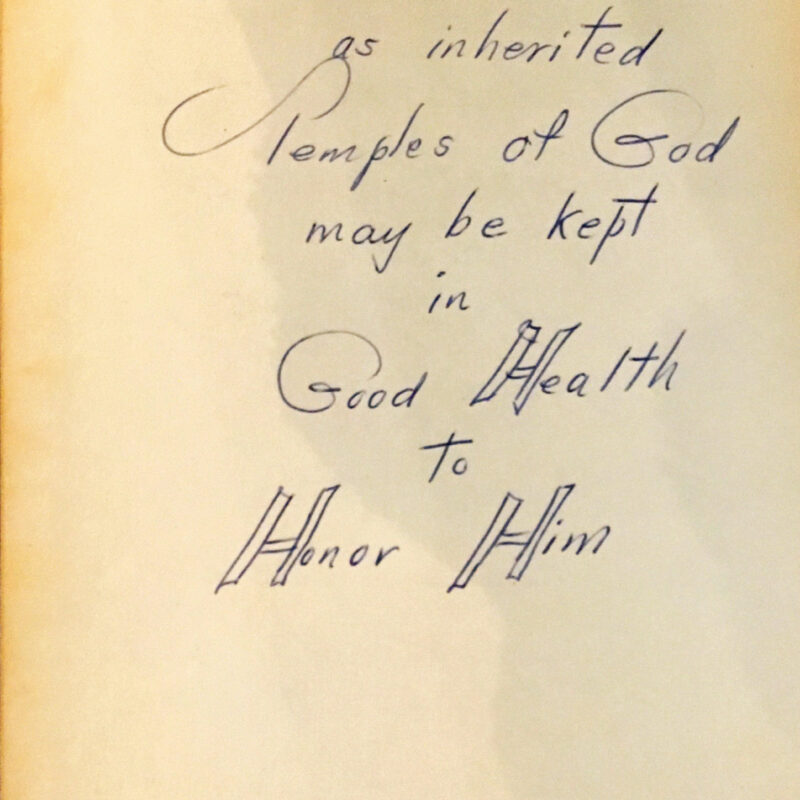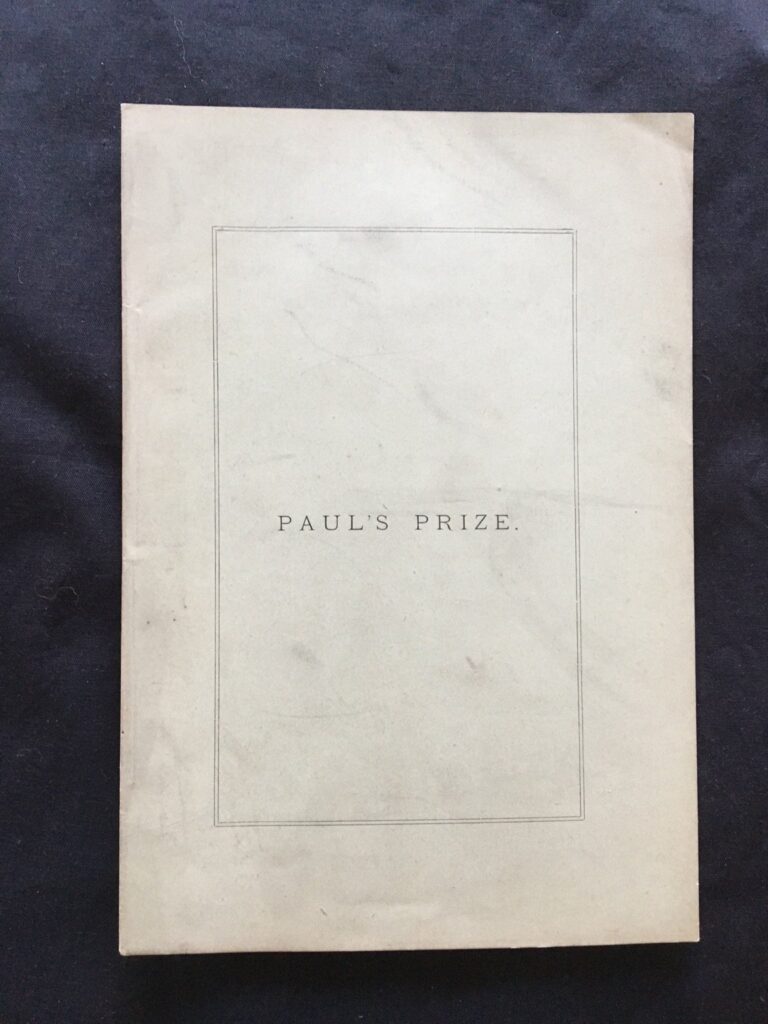George Santayana Letter to Paul E More 1901
$350
In stock
Description
Santayana , George . Original manuscript letter to Paul Elmer More, May 20, 1901. Cambridge: 1901.
This letter from George Santayana declining Paul Elmer More’s request to write a series of reviews represents an unusually fateful misfire between two of greatest minds in Christian apologetics and classical moral philosophy at the start of the 20th-century. It was also the start of a pattern. More, then the-36-year-old newly appointed literary editor of The Independent, was relatively unknown, having only finished studying Sanskrit at Harvard a few years previously. Its possible the also 36-year-old Santayana, already rising to prominence as a Philosophy professor at their mutual alma mater, had read More’s fawning article “Santayana’s ‘Poetry and Religion’” in that September’s Harvard Graduates Magazine, though he does not mention it outside the cool reference to “kind expressions.”
In addition to its brief length, the text is similarly “clipped” in tone. Despite operating in similar professional and social circles—More, later a Princeton professor, was also friends and writing partners with Harvard’s Prof. Irving Babbitt—and More’s public admiration for Santayana continuing in his printed work, this sentiment never seems to have been reciprocated.
Per McCormick’s biography, in 1910 George Santayana uncharacteristically wrote a public letter to The Nation magazine disputing More’s editorial review criticizing the newly released, “Three Philosophical Poets,” for, “a lack of central veracity in the critics own philosophy” revealing “a disquieting touch of make believe.”
In 1931, almost exactly 30 years after writing this letter, Santayana dedicated the entirety of his The Genteel Tradition at Bay to these exact same subjects, as well as savagely criticizing the “New Humanism” philosophy More and Irving Babbit had advocated for much of the previous decade. Claiming their ideas were based in bad faith understandings of both Christianity and Plato, Santayana characterized their stance as “far from the real thing”, saying, “the infinite universe is ridiculed when the belief is abroad that it is ‘nothing but an enlarged edition, or an expurgated edition, of human life.’”Asking if humanism’s Renaissance incarnation was a model worth emulating and reviving, Santayana argued that what More and Babbitt promoted was not “humanistic”, nor did it address the existential problems and ideals presented by both modern and the classical philosophers.
Suggesting it is not enough to cultivate oneself while “we live in an age of suicides”, Santayana concluded, “only a morality frankly relative to man’s nature is worthy of man.” Interestingly, while Santayana’s criticisms have been remembered by some as “the last word”on modern American humanism, some contemporary observers were more questioning about his motives and conclusions. Per the synopsis of Brown University’s Prof. Arthur Murphy in the January 1933 issue of The International Journal of Ethics: “The aesthetic revulsion that Mr. Santayana feels in [the New Humanists] presence is, on his own showing, quite irrelevant to their local and ‘natural’ integrity. It seems a slight basis for a book, even a slight book…”
Considering the culmination of the two men’s “relationship”, one interpretation would be that Santayana had always or grew to dislike More personally.
Cambridge: 1901. 1pp thick weave beige paper, folded in quarters. Includes partial addressed envelope.Some creasing along folds. Original smudging from folding with wet ink. Envelope edges browned, “Santayana” written over address in faded blue pencil. Very good.
If you liked this letter, you might also like this original letter by Psycho author Robert Bloch.


